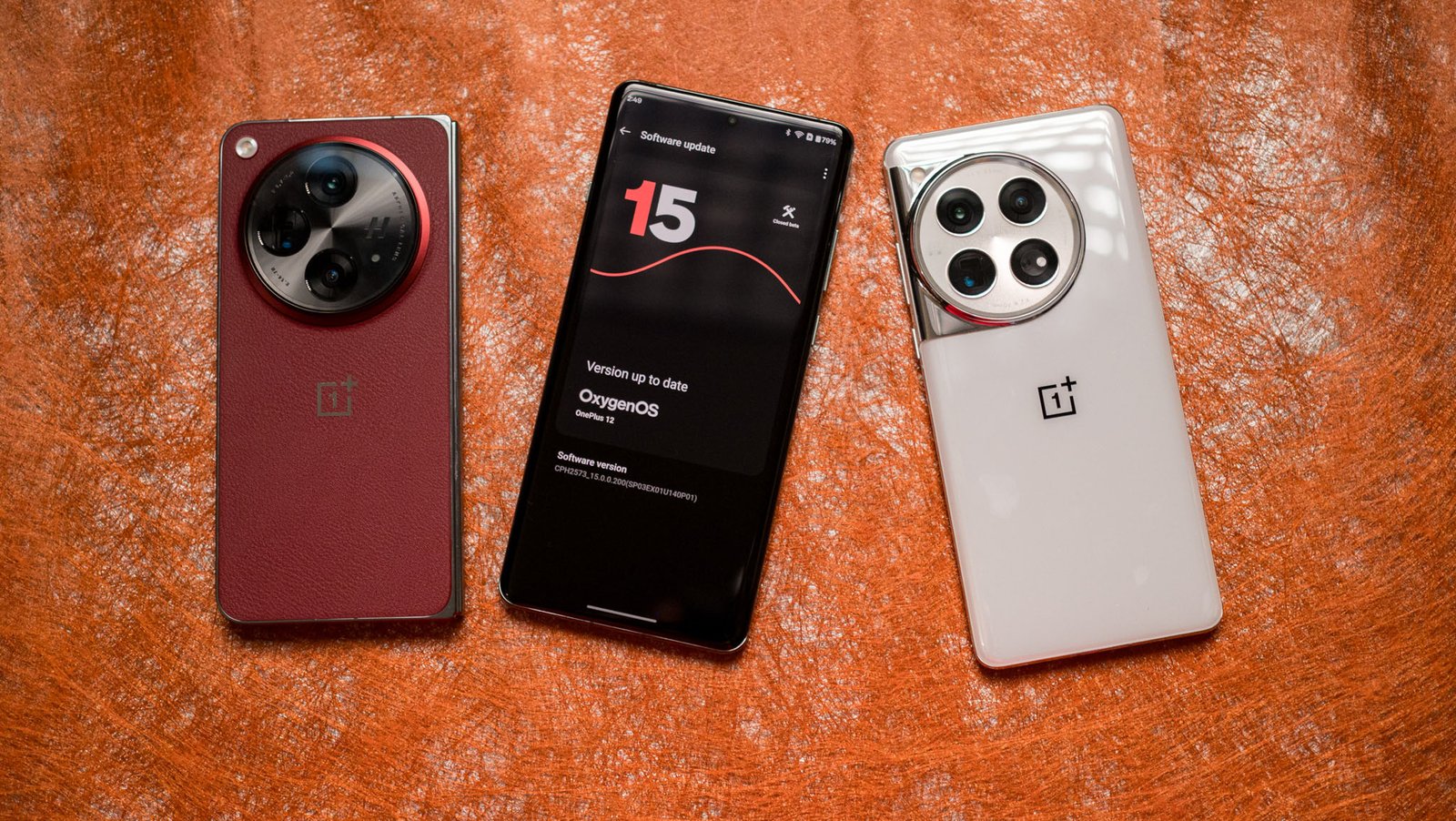Samsung has had a decent track record with software updates, but the same can’t be said for One UI 7. While many other manufacturers have already rolled out the Android 15-based update to their flagship devices, Samsung is still on the beta channel with a stable release expected in April. By that time, Google is set to release Android 16 in June, making the delay in the Android 15 update for most Galaxy S24 models quite noticeable.
On the bright side, Samsung’s Galaxy S25 devices and recent releases like the Galaxy A36 and A56 come with One UI 7 based on Android 15 out of the box. This means that these devices have the update ahead of the Galaxy S24 lineup.
Samsung has not provided a clear reason for the delay in the update, only mentioning that they have seven beta builds planned. This delay indicates that last year’s Galaxy S24 models will be the last flagships to receive the Android 15 update. Despite historically being slow with updates, Xiaomi managed to push out the stable Android 15-based update for its Xiaomi 14 and Xiaomi 14 Ultra models at the beginning of the year.

Samsung, like Google and Honor, promises seven years of Android updates for its flagships. However, the delay in the availability of the Android 15 update, six months after its stable build release, is concerning. One UI 7 brings several new features, such as the Now Bar, Now Brief, enhanced AI utilities, and a cleaner visual design.
The delayed update rollout raises eyebrows, especially when Chinese manufacturers like OnePlus, OPPO, Vivo, and Xiaomi have been quicker in pushing out the Android 15 update to their devices. As Android 16 looms closer, Samsung faces the challenge of delivering updates to its older phones swiftly. While the Galaxy A56 may not have seen significant changes, it remains a viable mid-range option in the U.S., where Chinese manufacturers have limited presence. However, outside the U.S., budget-friendly phones like the Nothing Phone 3a Pro provide better alternatives.
In the grand scheme of things, the Galaxy A series contributes more significantly to Samsung’s profits than the Galaxy S lineup. Therefore, it is understandable that Samsung is focusing on launching new models rather than prioritizing updates for older devices.
